What powers do metro mayors have?
From next year, the majority of England's residents will live under a metro mayor – but the system is far from simple
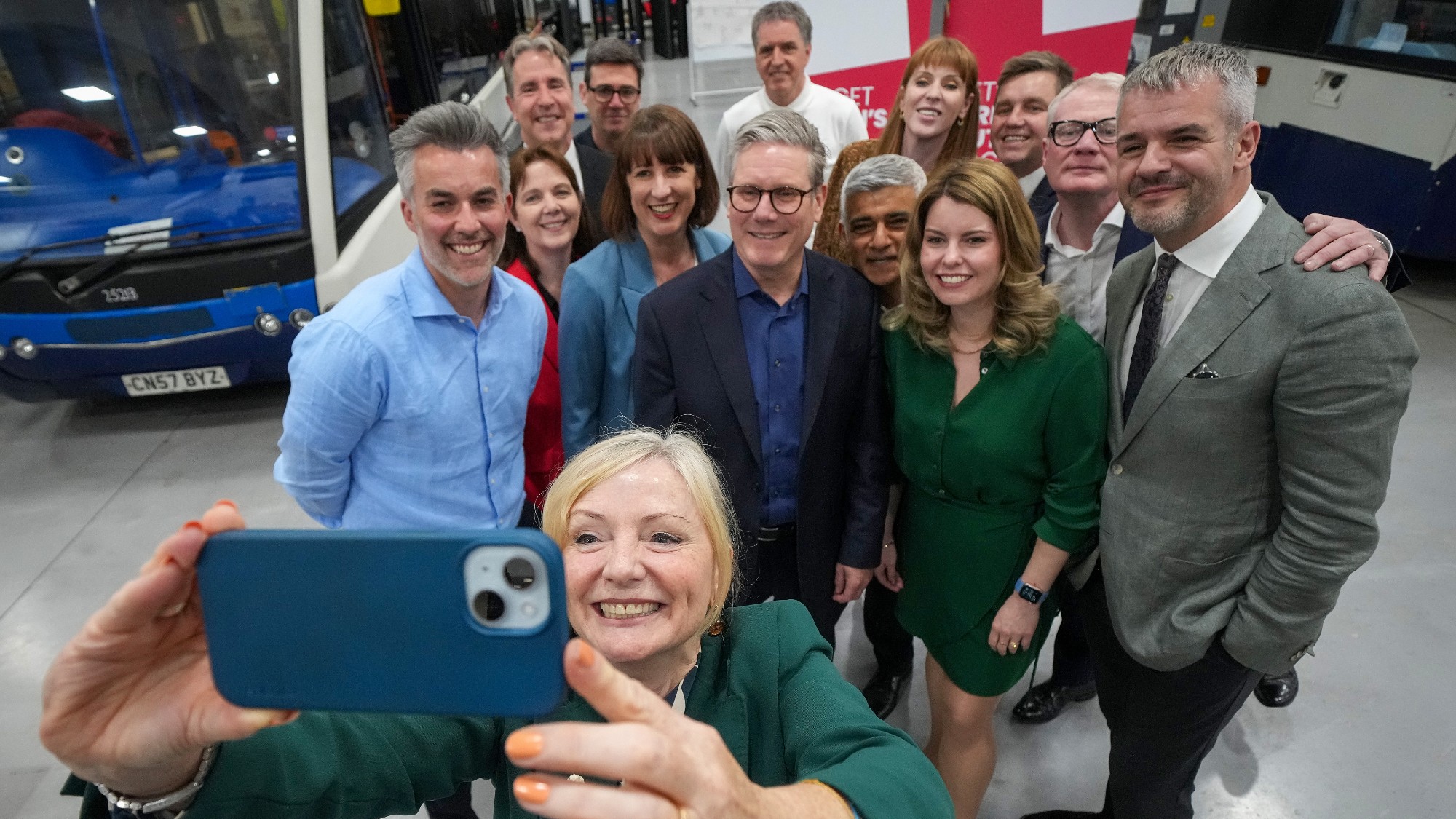
The first metro mayoral elections took place in 2017, and there are now 11 metro mayors (12 if you count London), most of whom cover large urban districts in the north. Exactly 50% of the English population is now represented by a metro mayor; their combined authorities account for more than half of GDP. Suffolk, Norfolk, Greater Lincolnshire, and Hull and East Yorkshire are planning to have mayors next year, which would leave the combined authority system covering most of the country.
Why do we have metro mayors?
In the late 1990s, New Labour devolved powers to Scotland, Wales and Northern Ireland, but England was left out of the process – except in London, where a mayor and an assembly were created. Some efforts to decentralise power to the English regions have been made since then.
In 2000, local authorities in England were given the option of a directly elected mayor, instead of having a "leader" from among the councillors or a ruling committee: there are now 13 of these in England. And, in 2014, the Tory/Lib Dem coalition initiated a process, whereby groups of local authorities in England could join to form "combined authorities" chaired by a metro mayor, becoming a mayoral combined authority.
The Week
Escape your echo chamber. Get the facts behind the news, plus analysis from multiple perspectives.

Sign up for The Week's Free Newsletters
From our morning news briefing to a weekly Good News Newsletter, get the best of The Week delivered directly to your inbox.
From our morning news briefing to a weekly Good News Newsletter, get the best of The Week delivered directly to your inbox.
The process – which must be initiated by the councils concerned – was designed to boost local democracy and give each region a "strong local leader".
What powers do they have?
There's no simple answer to that: the devolution deals agreed between central government and the combined authorities are varied and bewilderingly complex. The system has been described as a "menu with specials". There are four basic options, from Level 1, a limited "strategic role in delivering services", to Level 4, covering powers over transport, local roads, urban regeneration and economic development funds. Beyond that there are "trailblazer" deals, as seen in Greater Manchester and the West Midlands, with further funding and control over transport, skills and housing.
It's actually easier to focus on the powers that metro mayors don't have. They have no executive or legislative powers of their own. They can do things only with the agreement of the local authority leaders in their patch. They also don't have direct control over local government functions such as housing, schools, roads, waste collection or social care.
Why is this all so complicated?
Local government is complicated in England anyway, with different tiers of authority: there are unitary authorities, like the London boroughs, which are responsible for all services; then there are two-tier arrangements, in much of England, where services are split between district councils and bigger county councils.
A free daily email with the biggest news stories of the day – and the best features from TheWeek.com
One complaint levelled against metro mayors is that they add a third level of bureaucracy and confusion. Even their titles are confusing. Andy Burnham, mayor of the Greater Manchester combined authority, is often described in the media as the Mayor of Manchester, but that's actually Yasmine Dar, a councillor who leads Manchester City Council. In Teesside, there's a directly elected local authority mayor in Middlesbrough, and another directly elected metro mayor for the wider Tees Valley. Ultimately though, the situation is complicated mainly because the politics of devolution are complicated.
What's tricky about devolution?
The main political parties frequently pay lip service to devolving power to the regions, levelling up and so on. But Westminster doesn't want to let go of its powers. "England is a remarkably centralised country, with the UK government responsible for setting every tax, including the annual cap on council tax," says Tony Travers, an expert on local government at the LSE, for The Guardian. Kent – or, say, Leeds – has a larger population than several US states, such as Vermont. But whereas Vermont has power over everything from taxation to the death penalty, Kent and Leeds have practically no autonomy. The mayors are an attempt to square this circle.
Even in London, with a directly elected assembly, New Labour was wary of giving too much power to the first mayor, Ken Livingstone, according to Sir Trevor Phillips, who led the campaign for the mayoralty. So it "created a stunted beast just powerful enough to create problems – politicising police, snarling up the roads, adding cost to travel – yet lacking the resources to solve them".
So are the metro mayors a failure?
No: they are at least a partial success. They have, as planned, been able to set broad strategies for whole regions. In Manchester, Burnham took bus franchises back into public ownership, building a joined-up "Bee Network". In Liverpool, Steve Rotheram's signature policy has been rolling out high-speed broadband. In Tees Valley, Ben Houchen is leading the huge Teesworks regeneration project. Obviously, each of these schemes will succeed or fail on its merits. But the point is that they are locally set policies, designed to benefit whole regions, led by local politicians.
How do people feel about them?
The metro mayors seem to be making an impact. In a 2024 poll of mayoral areas by the Centre for Cities, 74% of people said they could name their mayor, while only 43% could name their MP. Polling also suggests that people support their mayors being given more powers, which implies a level of trust. Metro mayors seem to provide a single face for cities in a way that multiple MPs, often from different parties, can struggle to do.
-
 Pakistan: Trump’s ‘favourite field marshal’ takes charge
Pakistan: Trump’s ‘favourite field marshal’ takes chargeIn the Spotlight Asim Munir’s control over all three branches of Pakistan’s military gives him ‘sweeping powers’ – and almost unlimited freedom to use them
-
 Codeword: December 6, 2025
Codeword: December 6, 2025The daily codeword puzzle from The Week
-
 Sudoku hard: December 6, 2025
Sudoku hard: December 6, 2025The daily hard sudoku puzzle from The Week
-
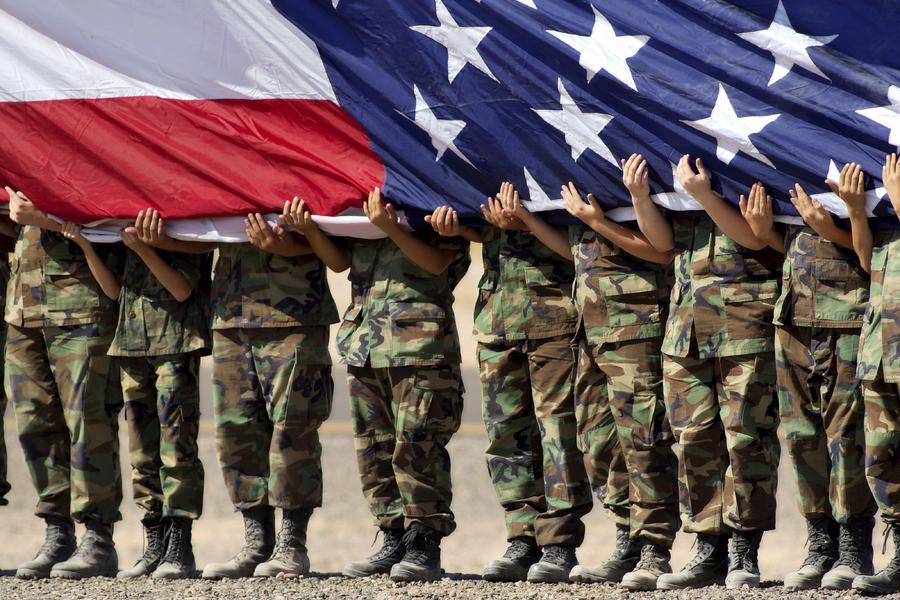 The military: When is an order illegal?
The military: When is an order illegal?Feature Trump is making the military’s ‘most senior leaders complicit in his unlawful acts’
-
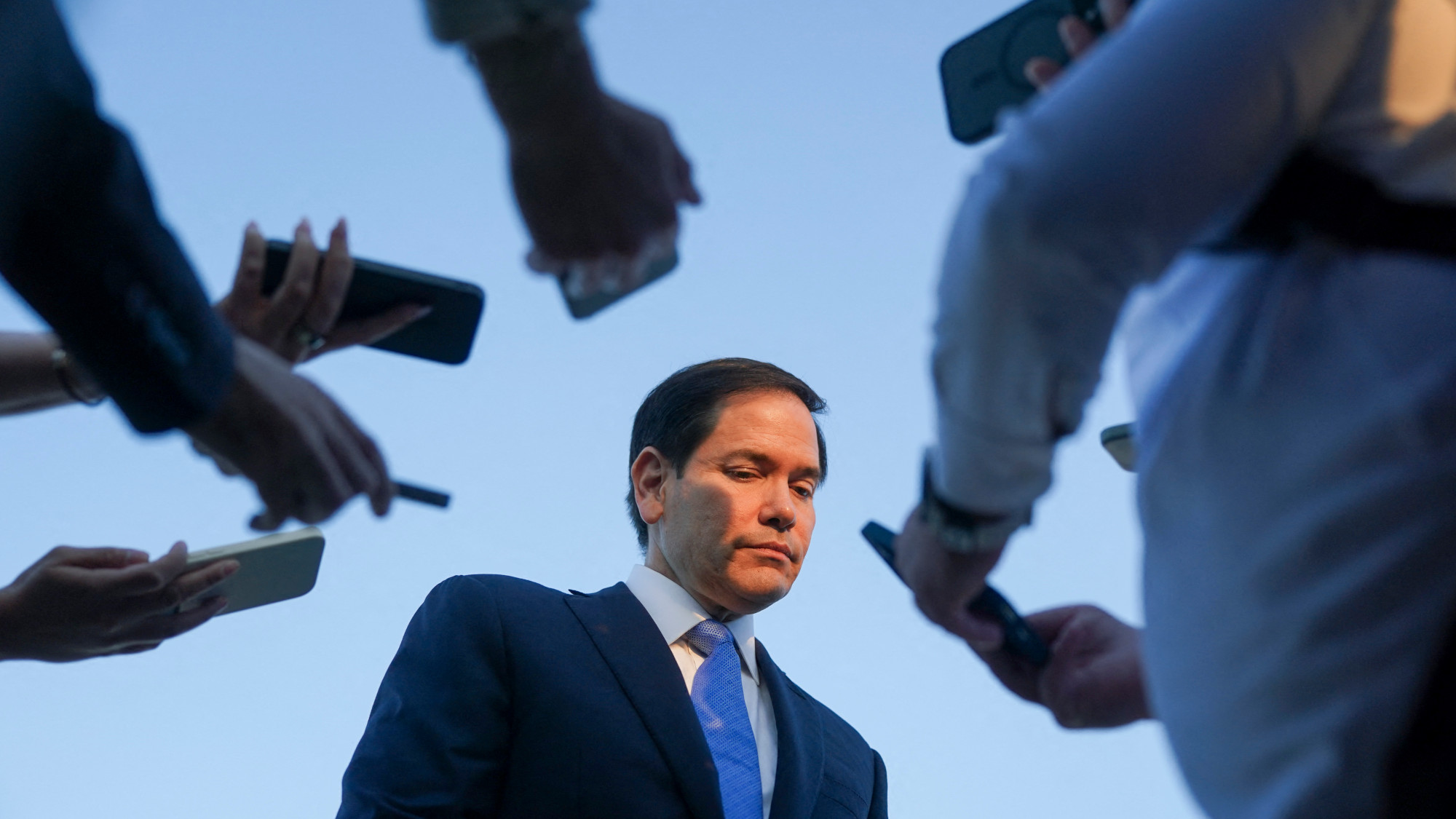 Ukraine and Rubio rewrite Russia’s peace plan
Ukraine and Rubio rewrite Russia’s peace planFeature The only explanation for this confusing series of events is that ‘rival factions’ within the White House fought over the peace plan ‘and made a mess of it’
-
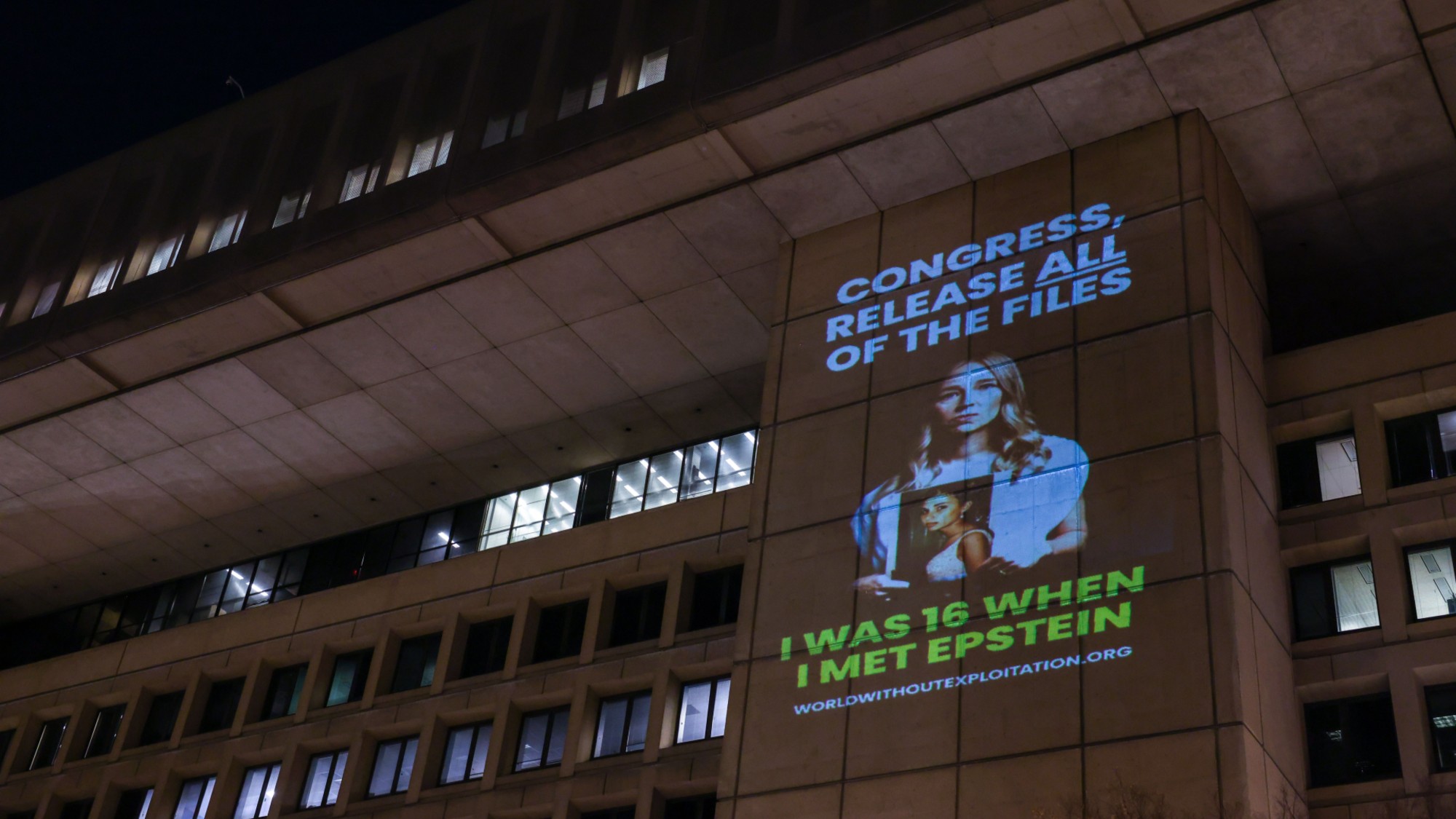 The powerful names in the Epstein emails
The powerful names in the Epstein emailsIn Depth People from a former Harvard president to a noted linguist were mentioned
-
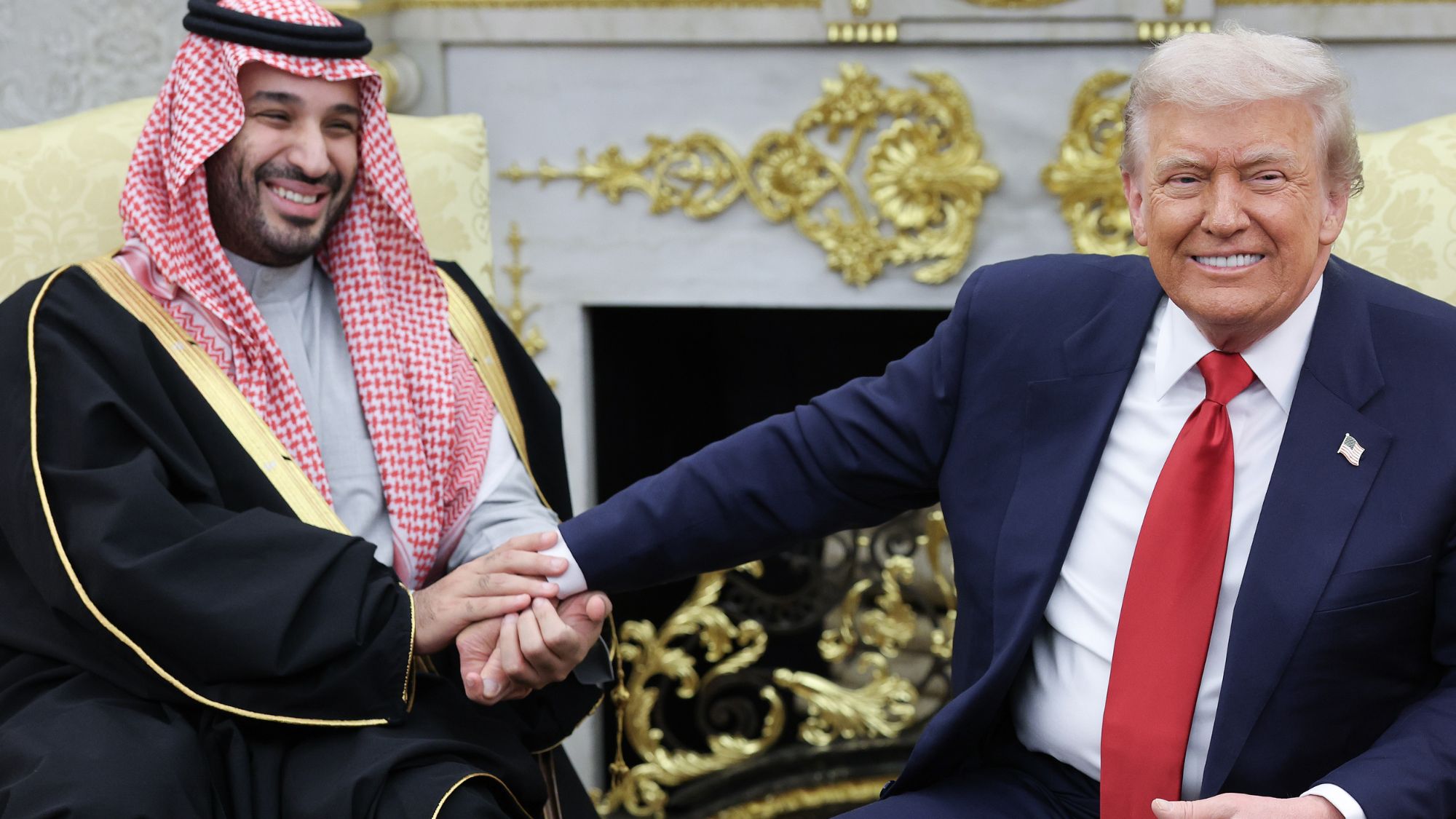 The US-Saudi relationship: too big to fail?
The US-Saudi relationship: too big to fail?Talking Point With the Saudis investing $1 trillion into the US, and Trump granting them ‘major non-Nato ally’ status, for now the two countries need each other
-
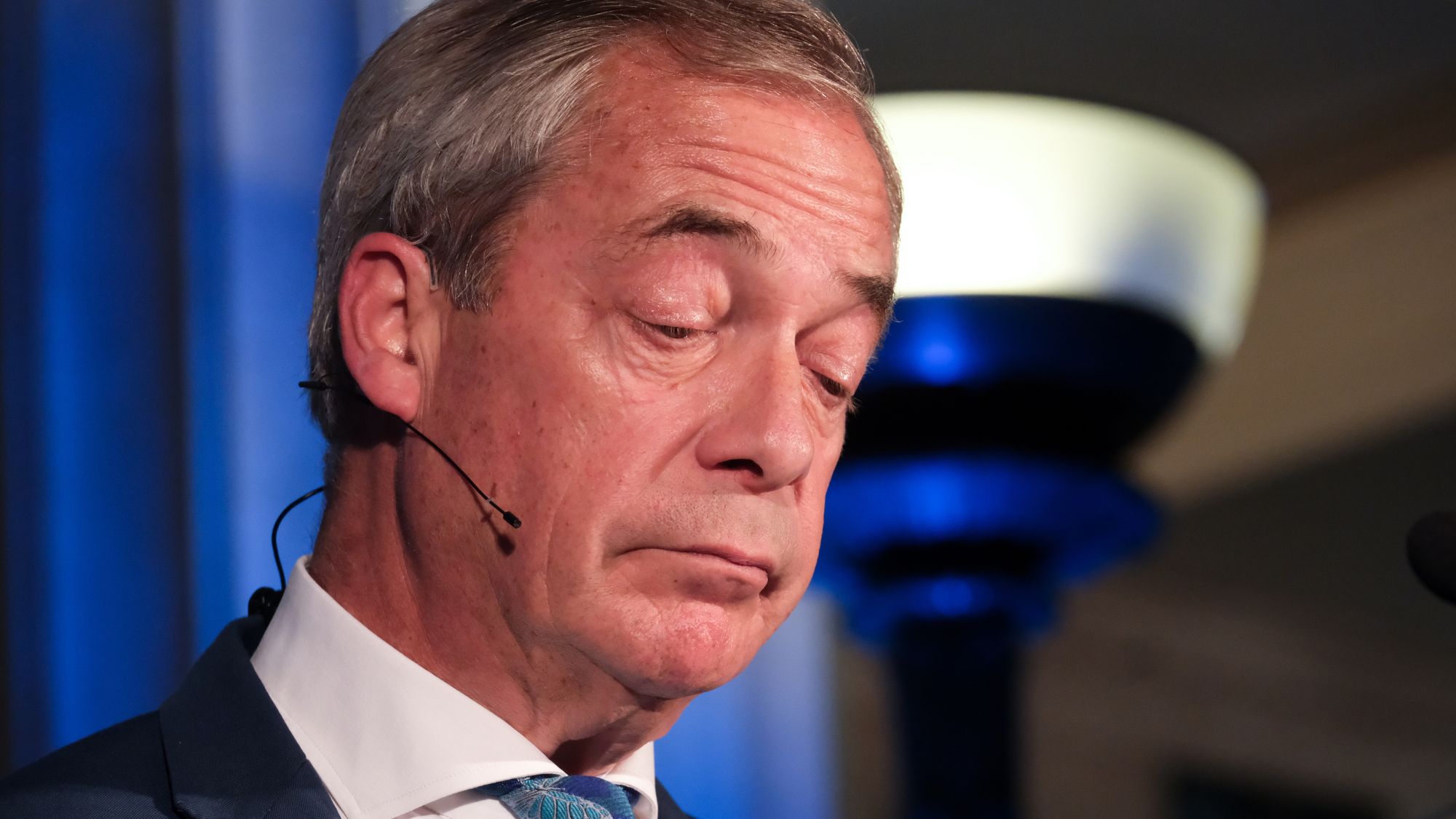 Nigel Farage: was he a teenage racist?
Nigel Farage: was he a teenage racist?Talking Point Farage’s denials have been ‘slippery’, but should claims from Reform leader’s schooldays be on the news agenda?
-
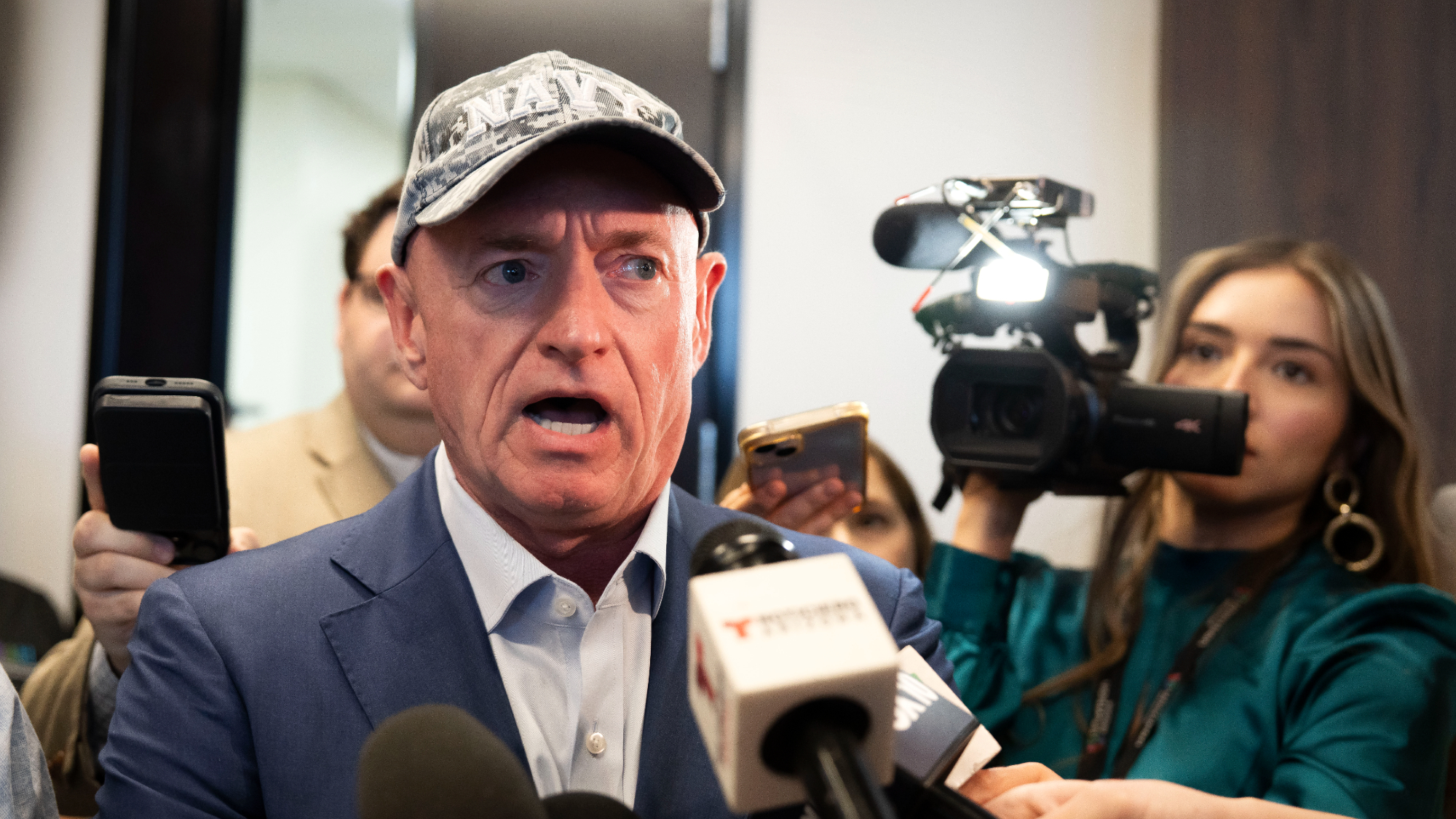 Pentagon targets Kelly over ‘illegal orders’ video
Pentagon targets Kelly over ‘illegal orders’ videoSpeed Read The Pentagon threatened to recall Kelly to active duty
-
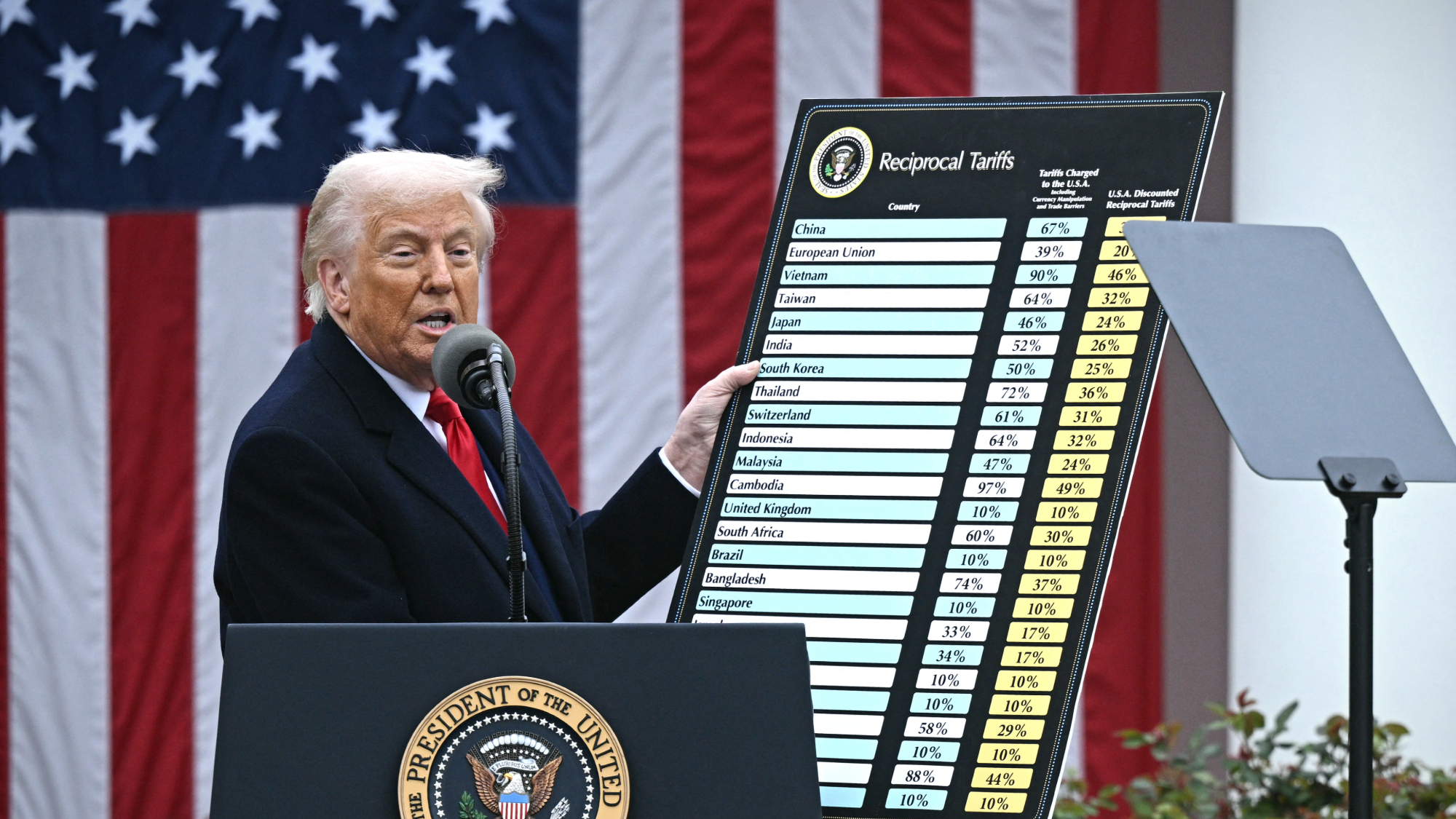 Tariffs: Will Trump’s reversal lower prices?
Tariffs: Will Trump’s reversal lower prices?Feature Retailers may not pass on the savings from tariff reductions to consumers
-
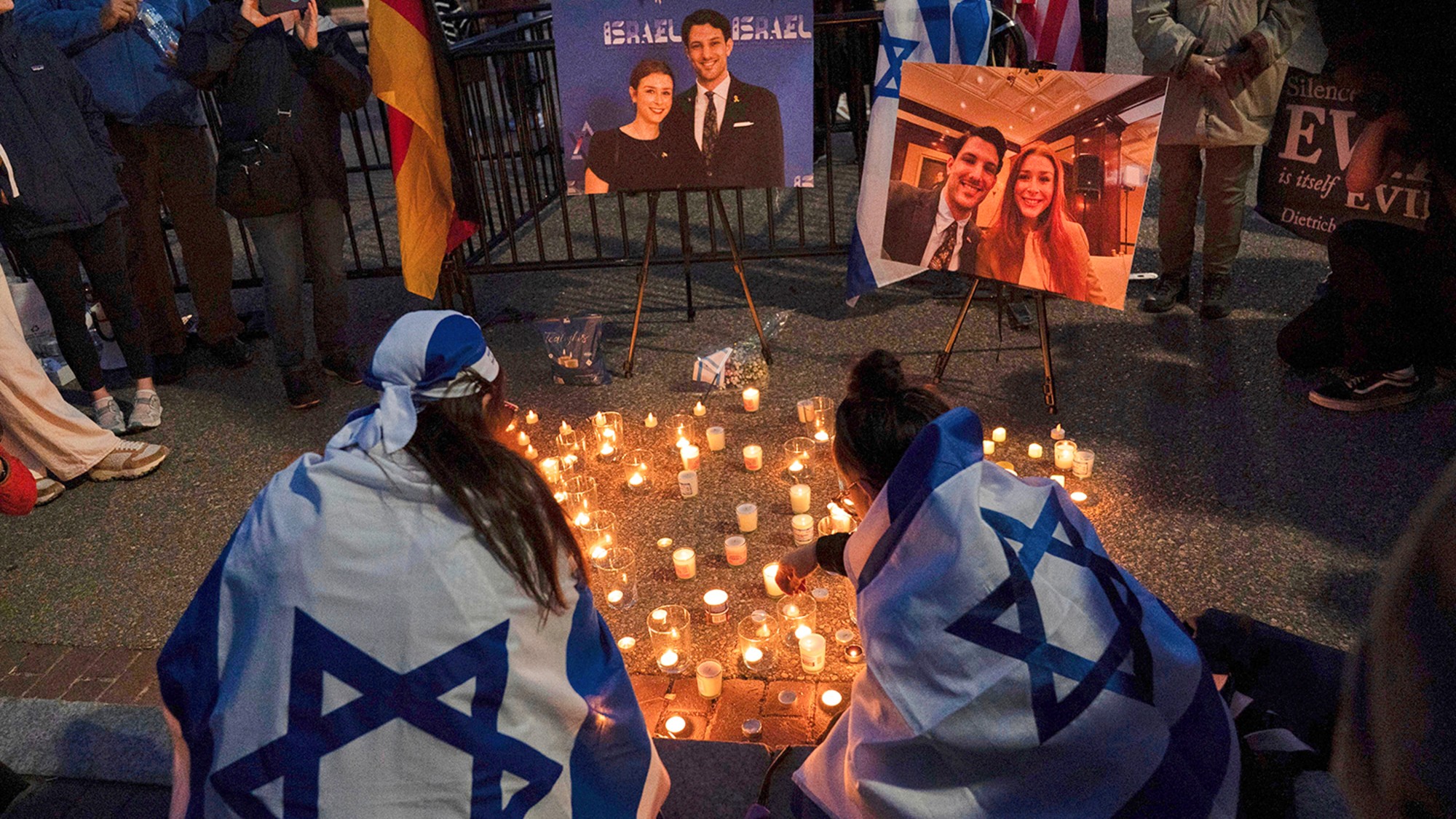 American antisemitism
American antisemitismFeature The world’s oldest hatred is on the rise in U.S. Why?